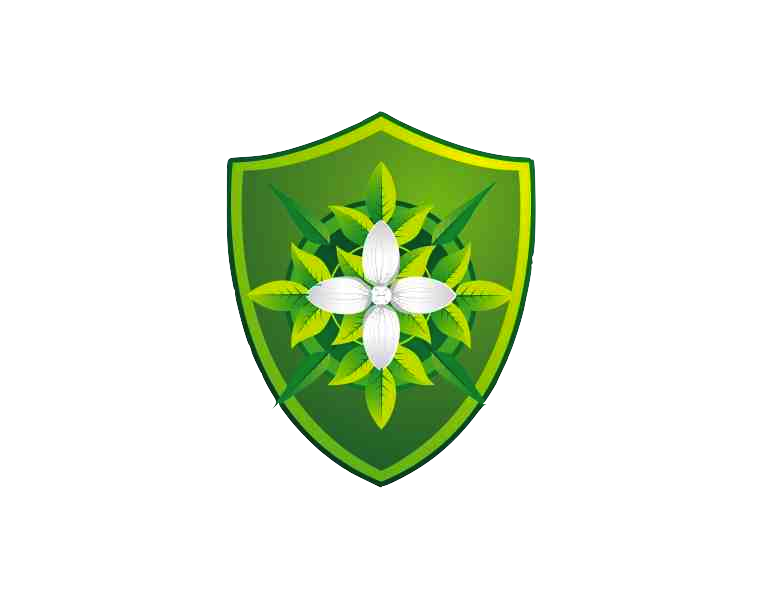Simply put - a large majority of schools in the Global South lack sufficient textbooks, which represents a critical challenge but also a tremendous opportunity for transformative change through blended learning. Implementing this model can effectively bridge the gap between the scarcity of physical educational resources and the growing availability of digital solutions. Here’s how this could be achieved:
1. Immediate Access to Educational Content
Digital platforms can provide immediate access to a wide range of educational resources. These include e-textbooks, educational videos, interactive exercises, and more, across subjects such as algebra, biology, and chemistry. Unlike physical books, which require significant logistics and costs to distribute, digital content can be updated and shared instantly with numerous students, ensuring that they always have the most current information.
2. Cost-Effectiveness
While the initial setup for digital learning—including devices and internet infrastructure—might require investment, the long-term costs can be significantly lower than continuously purchasing and distributing physical textbooks. Additionally, open educational resources (OER) are available at little or no cost and can be legally used, adapted, and shared to suit local curricular needs.
3. Overcoming Geographical Barriers
Blended learning can reach remote or underserved areas where physical resources are scarce and delivery is challenging. With initiatives like mobile internet libraries or community Wi-Fi hubs, students in even the most remote areas can access high-quality educational resources.
4. Flexible Learning Environments
Students can access learning materials outside of the traditional classroom setting and at their convenience, which is particularly beneficial in environments where students might have to balance schooling with other responsibilities, such as helping their families. This flexibility helps maintain students' engagement and continuation in education.
5. Teacher Support and Professional Development
Blended learning isn’t just about providing resources to students; it also includes supporting teachers with training and tools to integrate technology into their teaching. This can rejuvenate teaching methods and help teachers provide more personalized guidance to students, based on real-time data on student performance and engagement.
6. Data-Driven Insights
Digital learning tools can provide teachers and administrators with valuable data on student performance, which can be used to adjust curricula, teaching methods, and resource allocation to better meet students' needs. This can lead to a more responsive and effective educational environment.
7. Community and Parental Engagement
Digital platforms can enable greater involvement of parents and communities in the educational process, providing transparency and opportunities for parents to follow along and support their children’s learning journeys.
Implementation Considerations
To deploy blended learning effectively:
Infrastructure: Prioritize the development of necessary infrastructure, such as reliable internet access and power supply, along with providing devices to students and teachers.
Training: Invest in comprehensive training for teachers and students to ensure they can effectively use digital tools.
Partnerships: Collaborate with tech companies, non-profits, and government agencies to access resources, expertise, and funding.
Adaptation to Local Context: Customize content to reflect local languages, cultures, and educational standards to enhance relevance and effectiveness.
Monitoring and Evaluation: Establish robust mechanisms to regularly assess the impact of blended learning initiatives and adapt strategies accordingly.
By focusing on these strategic areas, blended learning can not only address the immediate textbook shortage but also build a more resilient and adaptable educational system for the future.
